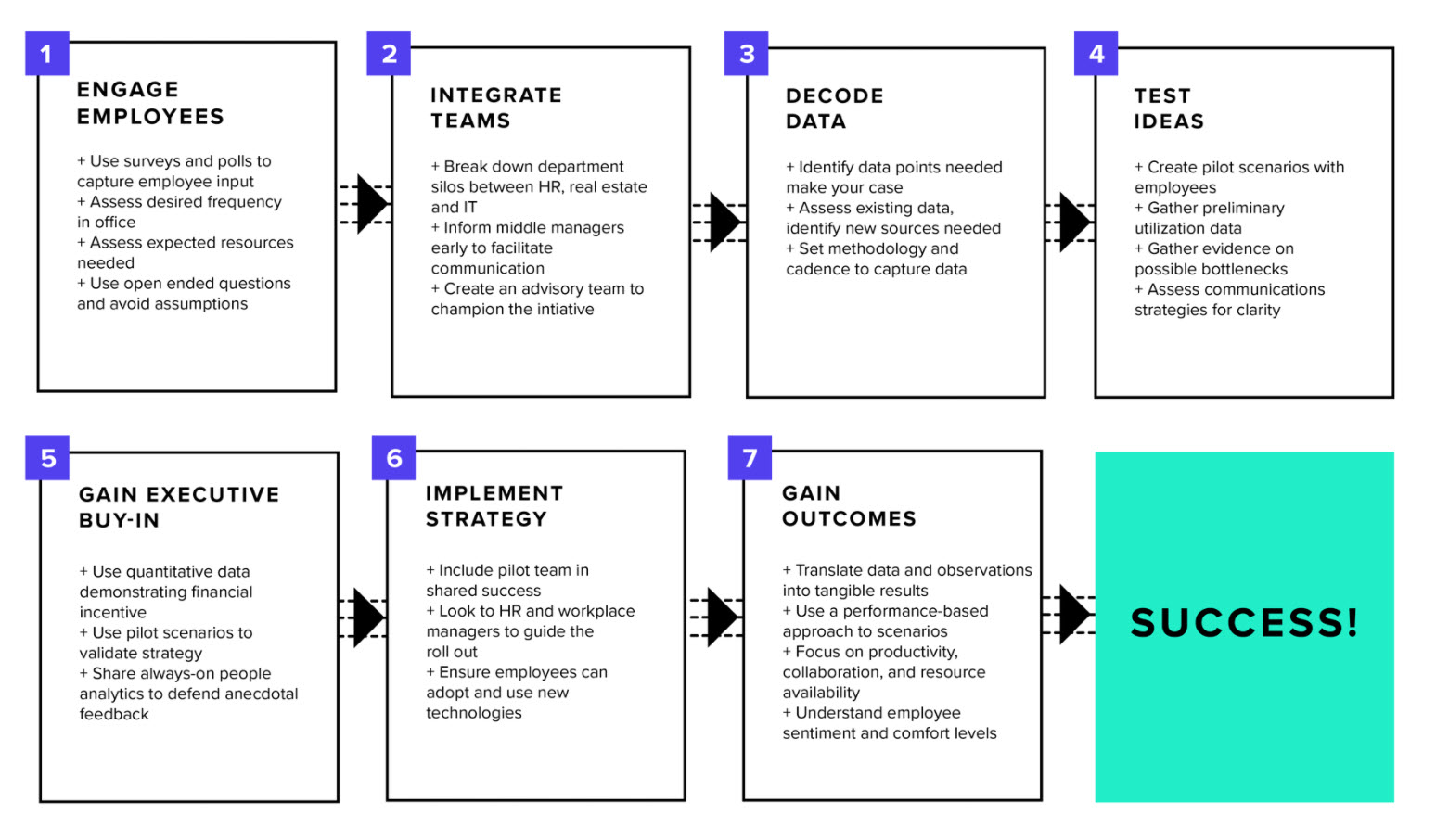The Debate over the Electronic Office
With all the discussion about remote work and returning to the office, I was interested in looking at what people thought back when teleconferencing became a thing. A New York Times article from 1982 titled “The Debate over the Electronic Office” offered benefits and limitations, including the example of a company that started teleconferencing to reduce travel but increased flights again because they “lost the creativity that comes from people sitting in a room interacting.”
Quotes that stood out to me: “Perhaps the most extraordinary aspect of the office of the future will be its changeability.” And: “We’ll constantly be learning to deal with the new capabilities of these systems, and reorganizing to deal with them. People are not going to be able to get comfortable.”
Just like teleconferencing did not end corporate travel, remote work won’t eliminate corporate offices. Forty years later, smart organizations will define their own workplace of the future – remote, in office, and hybrid. New technologies make that easier and more flexible. Data-driven planning and change management help people get there.
You can devise the office of the future – but you have to get people to that future. That requires planning and data, not just good intentions.
That’s why I was thrilled when InnerSpace president Cerys Goodall asked me for change management input for their new guide on “The Future of Work(place)” and for an article about “How to plan and pitch a dynamic office” for the InnerSpace blog. If you’re interested, the guide is available for download here and you can read the blog post here.
Article on InnerSpace blog | Image by InnerSpace

